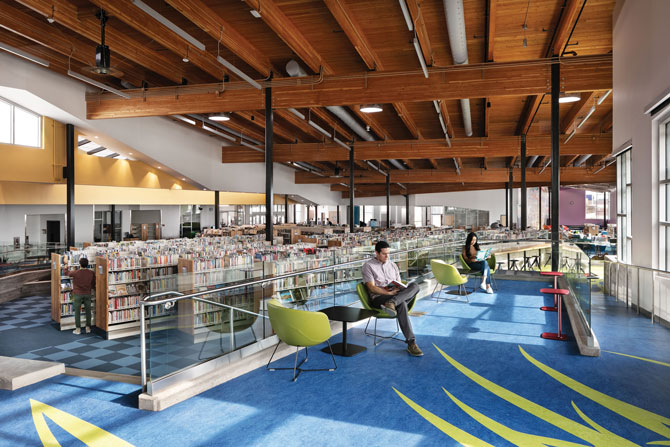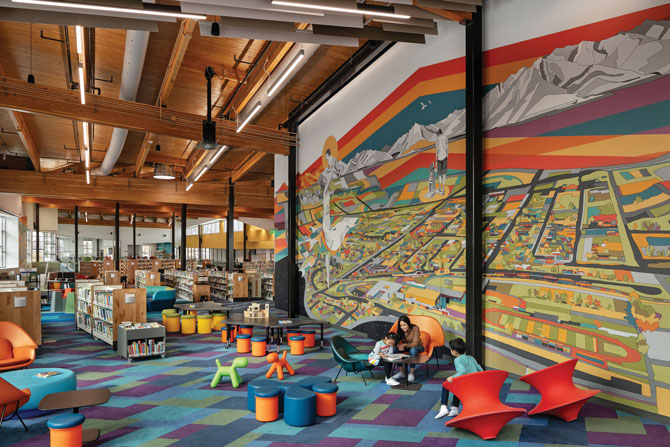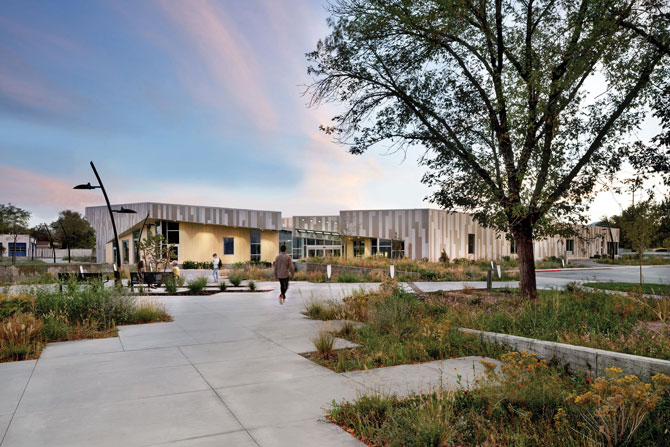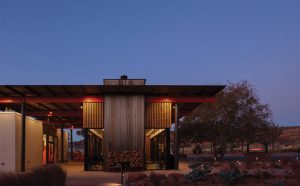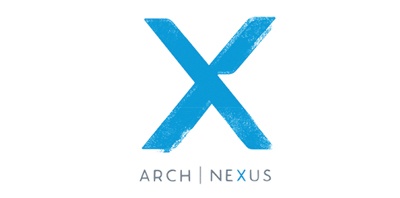
This vision or design concept was developed through an all-inclusive community outreach process unique to the needs of the area’s demographics. Clearfield and the surrounding communities served by the Davis County Clearfield branch are similar demographics to the Kearns Library. It is key to note that the success of the engagement process for this community required a very different approach than that of a traditional engagement process. The typical process of inviting the public to set meetings often excludes those who need the library the most. Those who are busy working multiple jobs to support their families and have little time to attend, or those without means of public transportation to attend, are easily missed.
The engagement process reaches out and includes interacting with the demographics in the existing community where these families live, worship and gather. And when possible and necessary, breaching the language barrier has been very successful during these interactions.
This effort produced the understanding of a community that translated to the design of a 21st century library space meeting multiple needs in flexible and adaptable ways as the community changes and grows.
Careful consideration was made to allow the library building to have a significant visual impact and serve as an advertisement for the library along the busy street while also creating a peaceful entrance away from the din of busy traffic.
The Kearns library demonstrates on many levels the similar issues awaiting Clearfield. It brings many lessons learned over years of work with Kearns to make Clearfield a more efficient and effective process and solution which will serve the Clearfield community for decades to come.
Although the Kearns Library has a strong impact, it has a very soft environmental impact. A variety of measures of this LEED Gold building make this library a place for inspiring creativity and learning and a place where one can respectfully connect with nature. The building uses less than 50% of the energy compared to a typical library of its size and is designed to use very little water for landscaping. A majority of its energy is generated from on-site renewables and utilizes daylight for a majority of its lighting.
